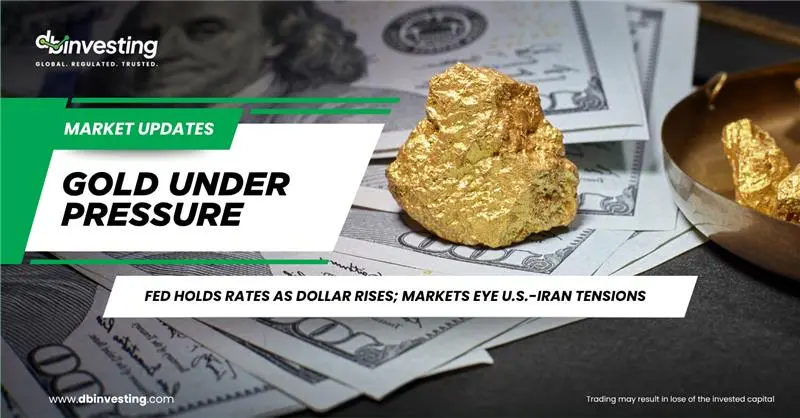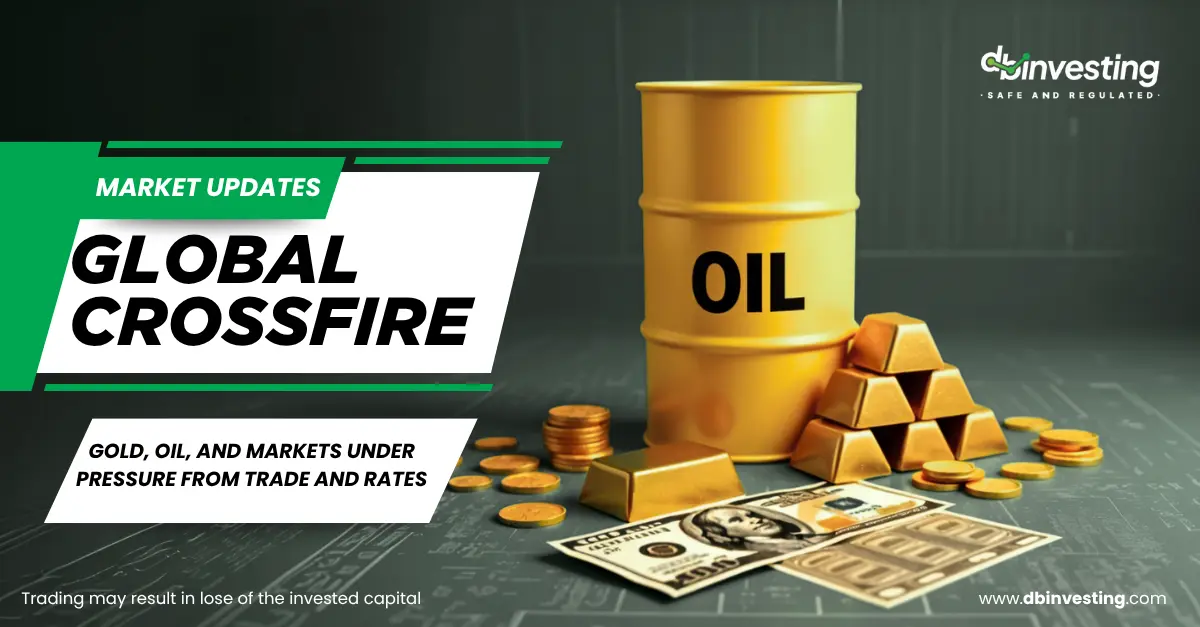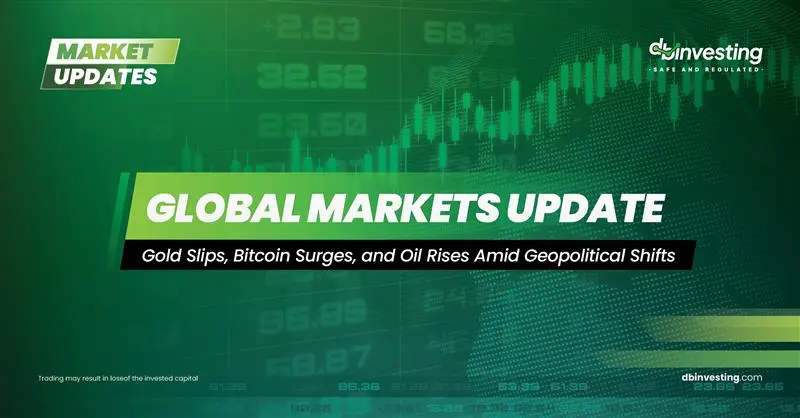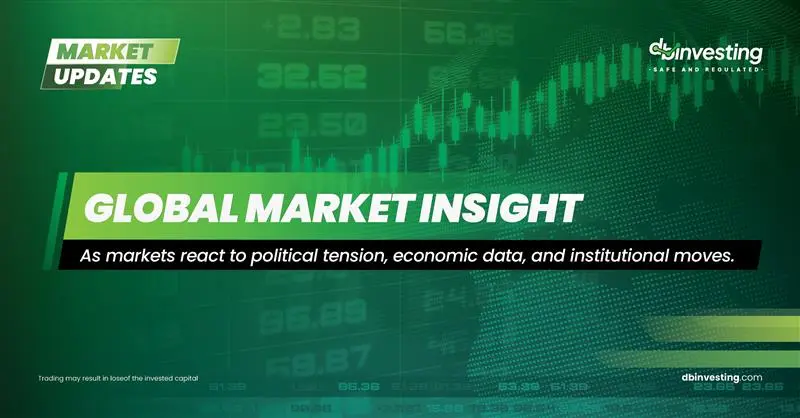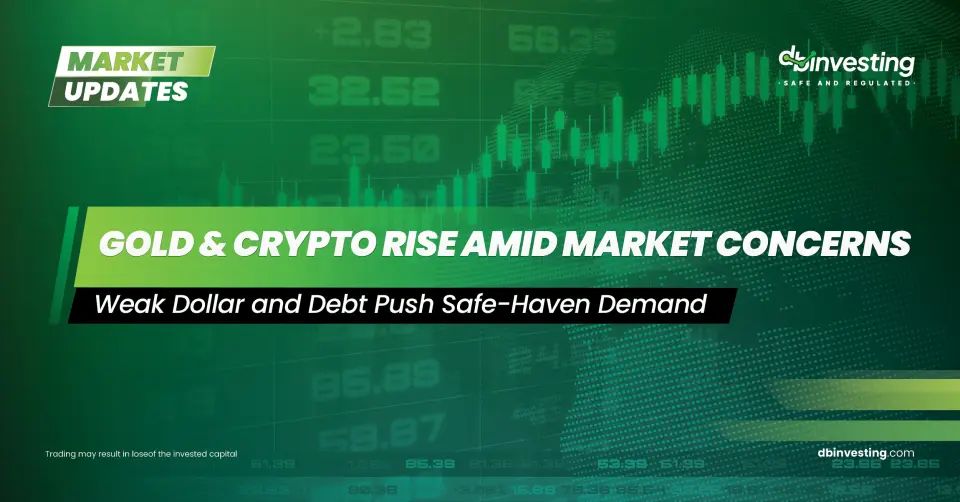Gold, Bitcoin, and Oil in the Spotlight
Precious Metals & Global Risk Appetite
Gold prices fell during Asian trading on Wednesday, pressured by improved risk sentiment after U.S. President Donald Trump postponed plans to impose higher tariffs on the European Union.
Gold and other precious metals also faced downward pressure from a modest rebound in the U.S. dollar, which was supported by signs of stability in U.S. Treasury markets.
However, bullion remained relatively supported due to ongoing uncertainties surrounding U.S. trade policies and fiscal health, with focus shifting to more trade deals and the progress of Trump’s divisive tax-cut bill.
Strong U.S. consumer confidence data further boosted risk appetite and eased economic concerns. Markets are now awaiting further clues from upcoming U.S. economic indicators, Federal Reserve speakers, and the release of the latest Fed meeting minutes due later on Wednesday.
Bitcoin Conference 2025 & Strategic Moves
Bitcoin hovered near recent record highs, supported by major political announcements and legislative endorsements at the Bitcoin 2025 Conference, which began a day earlier.
At the event, White House Digital Assets Advisor Bo Hines reaffirmed the administration’s commitment to Bitcoin, calling it “digital gold.” He emphasized that the U.S. government has no intention of selling its Bitcoin holdings and aims to accumulate more through strategic reserves.
Senator Cynthia Lummis made headlines by announcing that President Trump supports the Bitcoin Bill, proposing the acquisition of up to 1 million Bitcoins over five years. The bill will be introduced to the Senate next week and aims to formalize the creation of a Strategic Bitcoin Reserve, initially funded by Bitcoin seized in federal cases.
This follows Trump’s executive order from March 6 establishing the Strategic Bitcoin Reserve and the U.S. digital asset stockpile.
Energy & Currency Movements
Oil prices rose in Asian trading on Wednesday, driven by concerns over potential new sanctions on Russia and stalled U.S.-Iran nuclear talks—raising fears of supply disruptions.
Investors also awaited the weekly U.S. crude inventory report from the American Petroleum Institute, delayed due to the Memorial Day holiday.
Most Asian currencies slightly declined on Wednesday as the dollar strengthened following positive economic data. Attention turned to Japan’s upcoming long-term bond auction amid a sharp rise in yields.
Investors also assessed Australian CPI data and absorbed the Reserve Bank of New Zealand’s (RBNZ) expected rate cut. The RBNZ lowered its official cash rate by 25 basis points to 3.25%, marking its sixth cut since mid-2024 due to weak domestic growth and global trade tensions.
Despite annual inflation rising to 2.5% in Q1 2025 (within the target range of 1–3%), core inflation and wage growth remained weak, indicating soft price pressures. The central bank stated that while the economy is recovering, significant spare capacity remains.
Conclusion:
Markets are showing mixed reactions across commodities, crypto, and currencies. While Bitcoin gets a strategic boost, gold and Asian currencies face headwinds from global risk shifts and U.S. economic data. Central banks remain cautious amid ongoing global uncertainties.

